A Timeless Taste with a Modern Twist
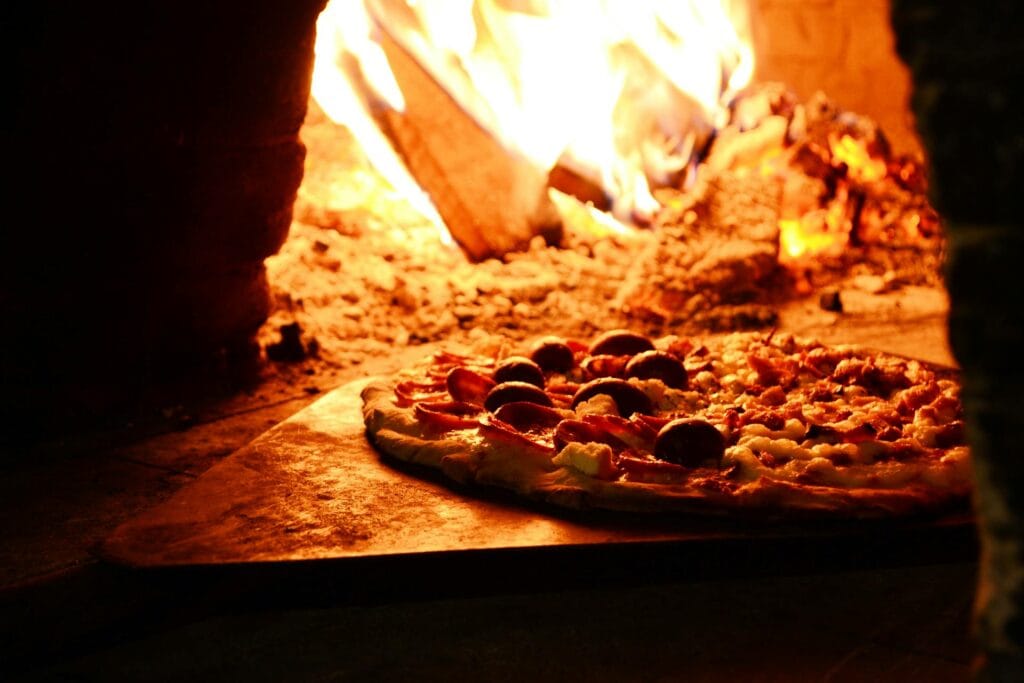
The Art of Pizza is more than just a dish; it’s a celebration of flavor, heritage, and creativity that brings people together. Whether you lean towards the timeless charm of classical pizza with its rich history and traditional techniques or prefer the bold innovation of modern pizza with inventive toppings and artisanal twists, this culinary icon continues to capture hearts around the world.
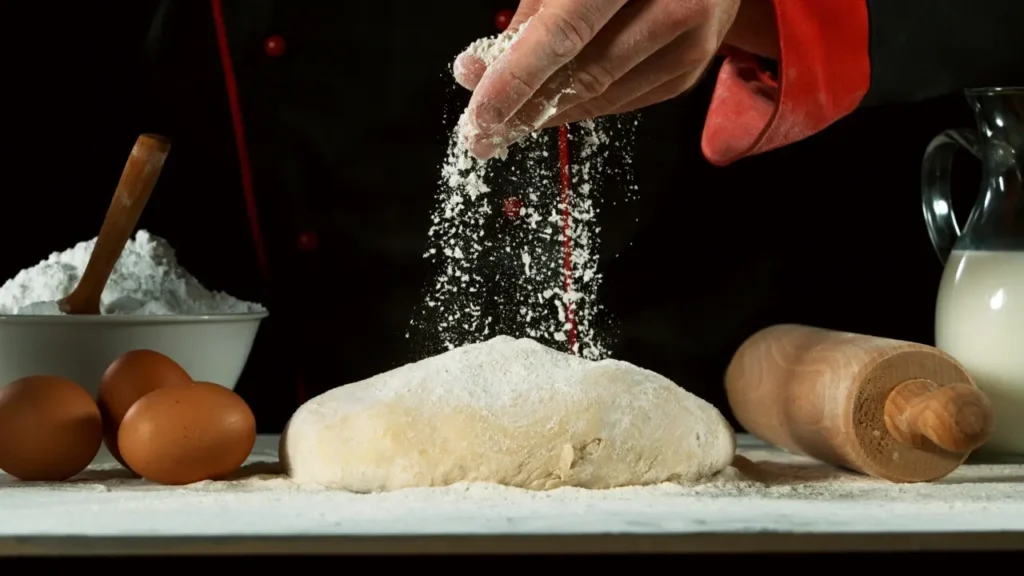
In this article about the art of pizza, we journey from the alleys of Naples to the experimental kitchens of today’s pizzaioli innovators, uncovering what makes this humble flatbread the ultimate comfort food and cultural canvas.
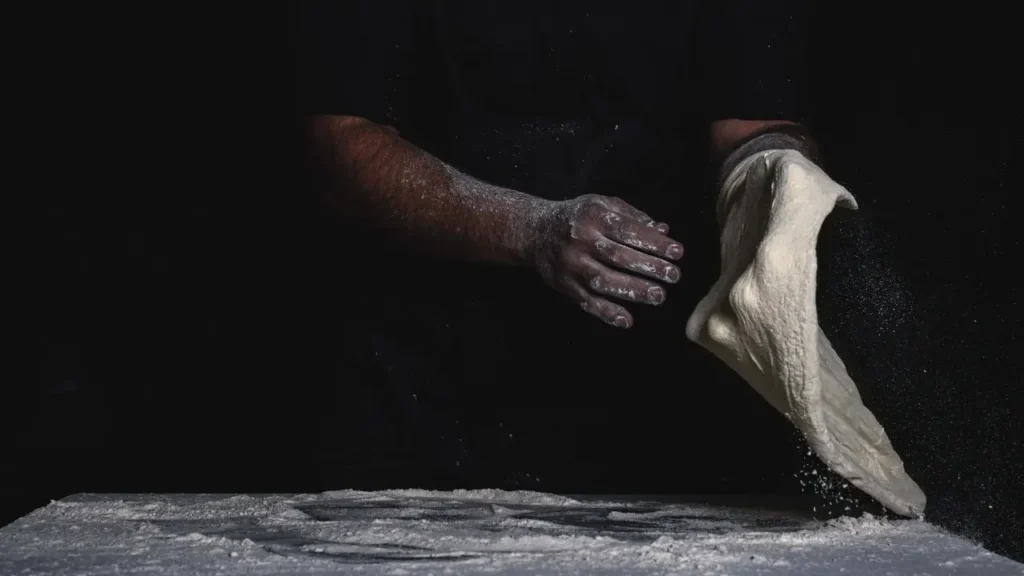
Born in Naples: The Humble Beginning
The story of pizza begins in Naples, where 18th-century bakers turned flour, tomato, cheese, and basil into a street-side meal for the working class. This was not just convenience food, it was identity. The now-iconic Margherita, named after Queen Margherita of Savoy, painted the Italian flag on a crust: red tomato, white mozzarella, green basil, embodying the art of pizza.
The art of pizza wasn’t long before the world took notice. In 2017, UNESCO recognized the “Art of Neapolitan Pizzaiuolo” as part of humanity’s intangible cultural heritage. But beyond the certification lies something simple, the respect for dough, fire, and patience.
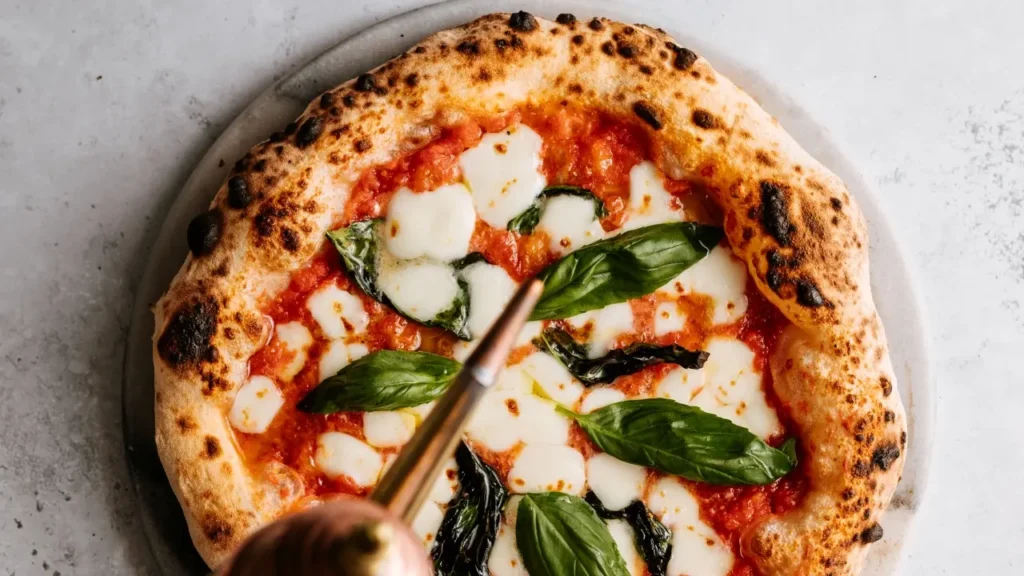
Wood-Fired Mastery: Where Tradition Meets Fire
The heart of authentic pizza? The forno a legna — a wood-fired oven. Heated to 450°C or more, it bakes a pizza in just 90 seconds. The result? A charred yet airy crust, a molten center, and that unmistakable smoky aroma, perfectly showcasing the art of pizza.
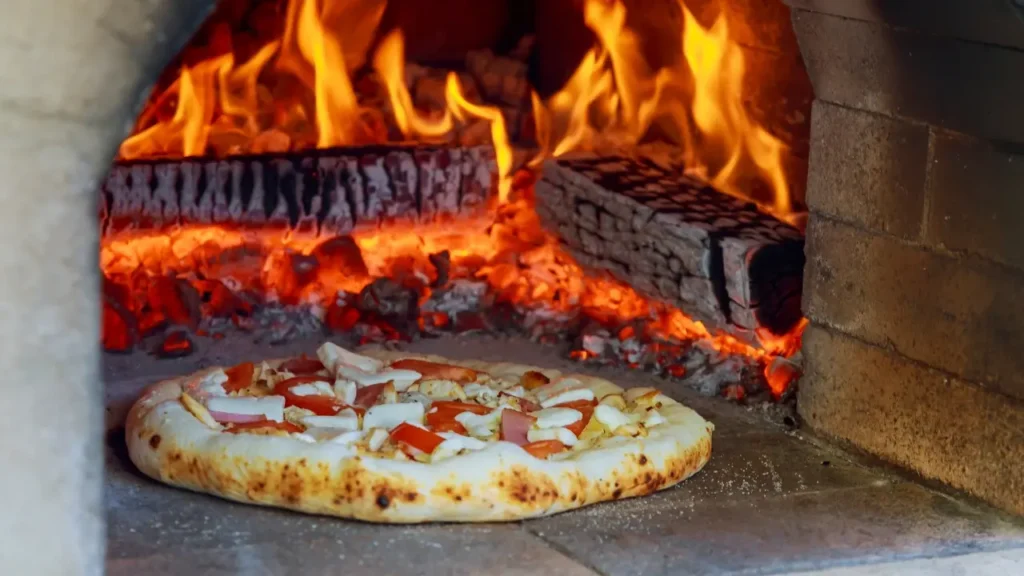
Pizzaiolos train for years to master the oven’s unpredictable temperament. They slide pies across stone with gentle precision, moving them like dancers — always chasing the perfect “leopard spots” of char in this culinary art.
“The oven has a personality. You don’t command it, you learn to listen.”
— Old saying among Neapolitan bakers
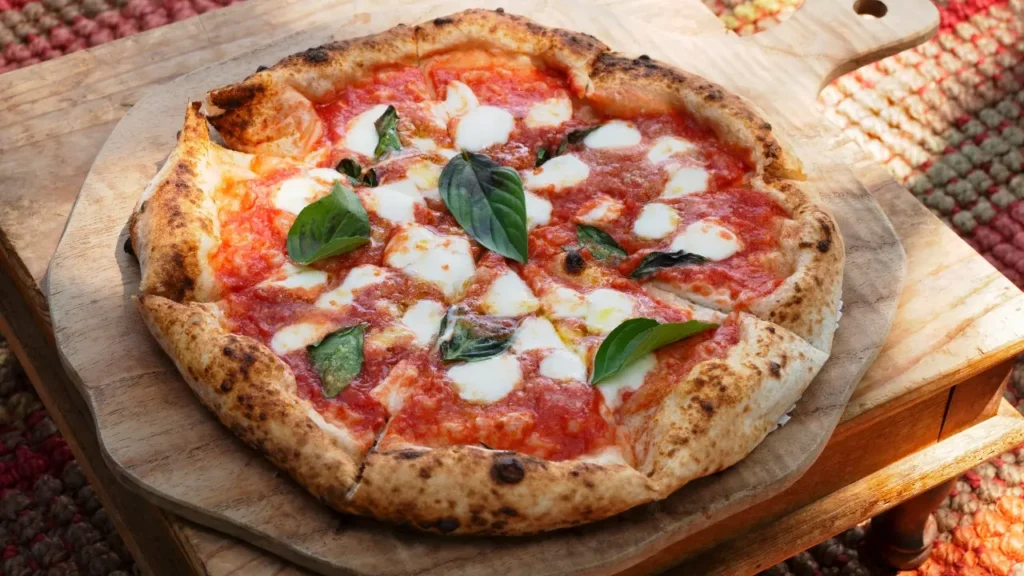
Dough as Craft: Stretching the Soul
Pizza dough isn’t made. It’s nurtured. Great pizzaioli use slow fermentation (up to 48 hours), letting the yeast work its magic. The resulting gluten web gives pizza its signature chew and airy crust.
But the real art is in the stretch. No rolling pins. Just hands. The tossing? It’s not just for flair, it ensures even thickness and prevents tears. Watching a pizzaiolo shape dough is like watching a potter shape clay — this process truly highlights the art of pizza.
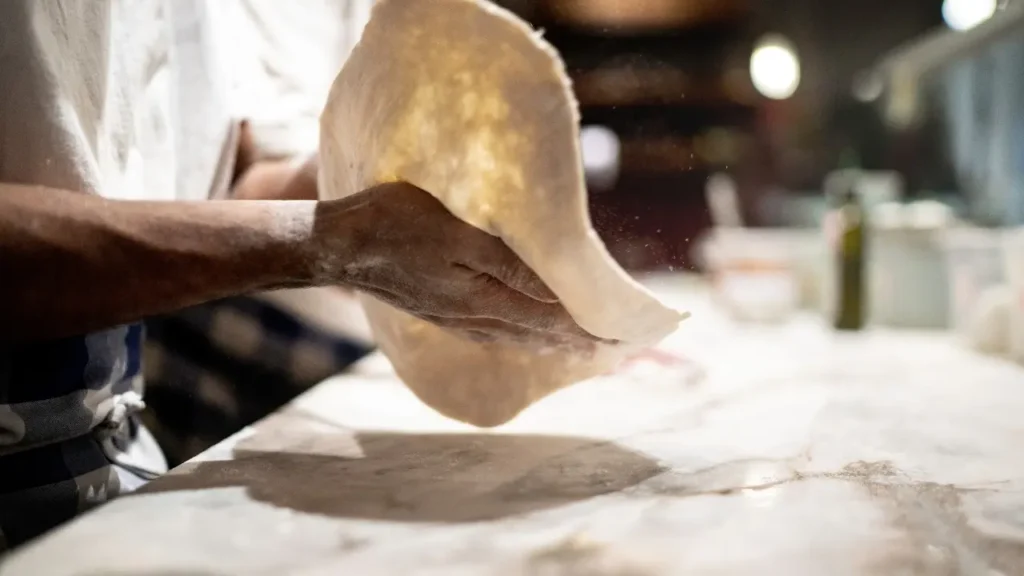
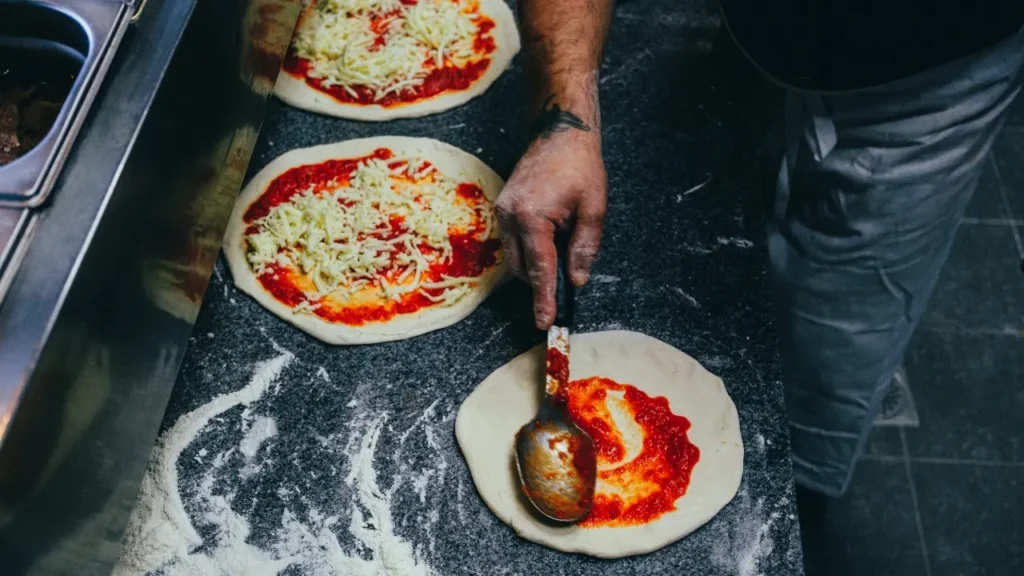
Ingredients That Sing
The sauce isn’t cooked. The tomatoes — San Marzano, ideally — are simply crushed. Mozzarella should be fresh, either fior di latte or buffalo. Extra virgin olive oil drizzled raw. Basil added at the end. Why? Because great ingredients deserve center stage in the art of pizza.
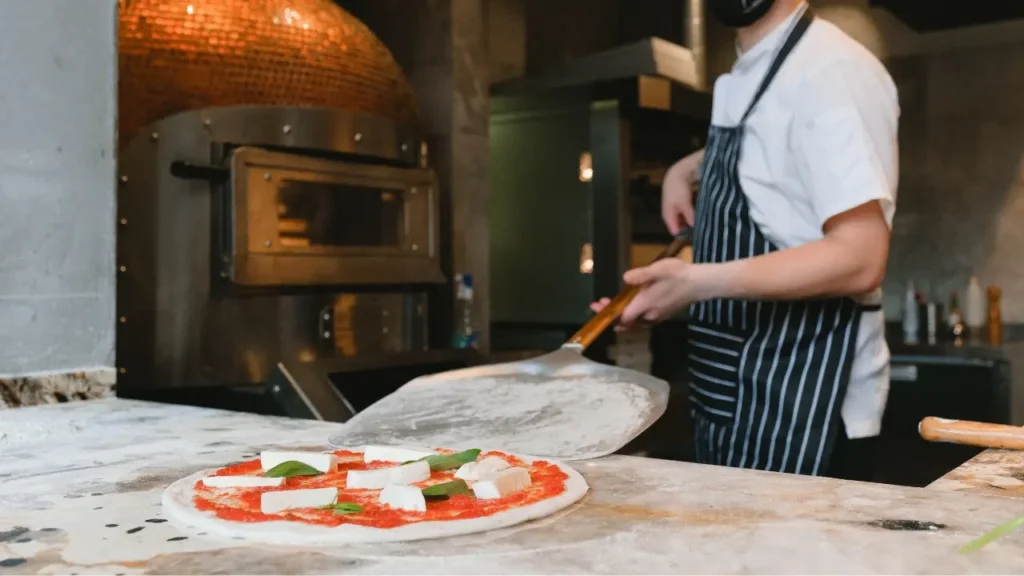
Modern pizzaioli source locally and obsessively:
- Prosciutto aged in caves in Parma
- Wild mushrooms hand-foraged in the Dolomites
- Organic flours from ancient Italian grains
Every pizza is a story. And each ingredient, a word.
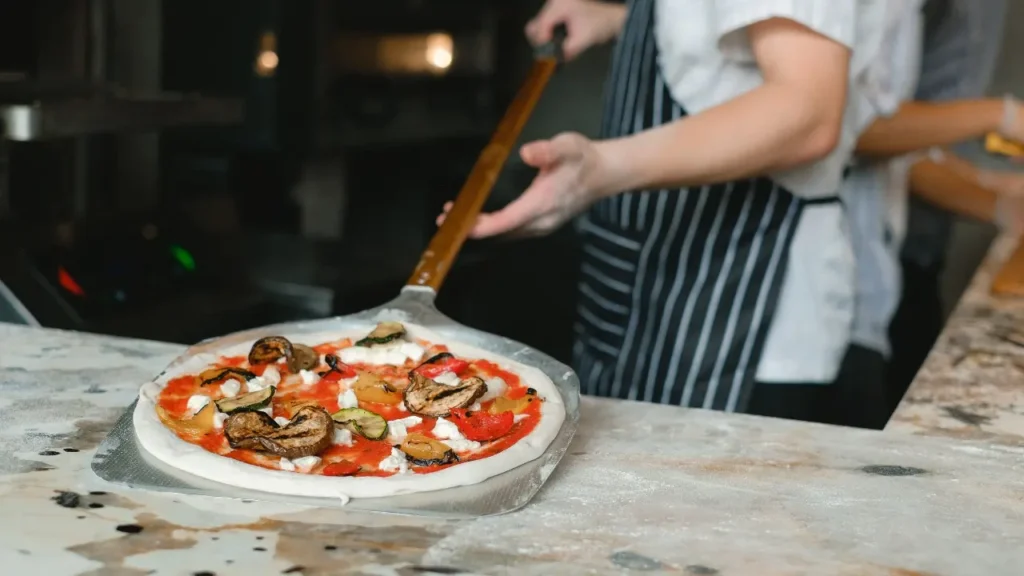
From Street Food to Fine Dining
Today, pizza lives many lives. In Naples, it’s eaten folded and fast. New York, it’s a giant slice on a paper plate. Tokyo, it’s topped with sea urchin. In Michelin-starred kitchens, it’s plated like art.
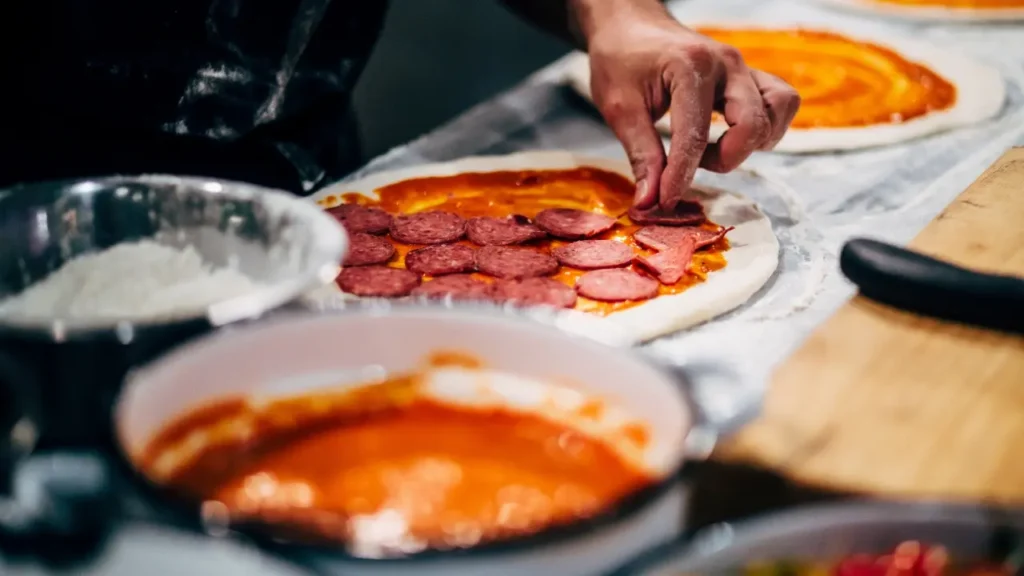
What unites them all is emotion. Pizza is communal. Whether cooked in a family oven or a fine-dining kitchen, it invites sharing, laughter, and joy, inherently demonstrating the art of pizza.
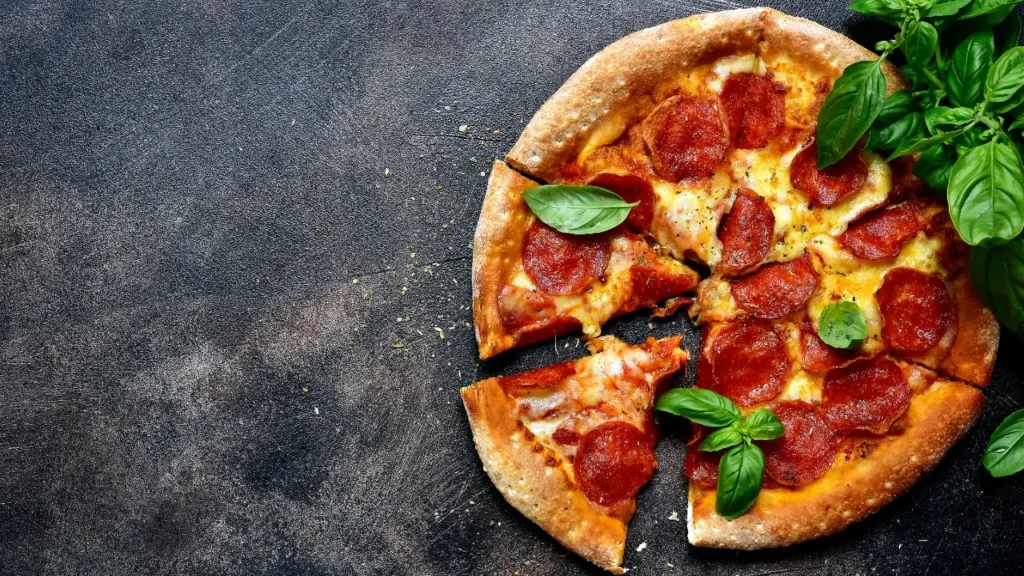
Global Takes, Italian Roots
Modern pizza chefs are breaking boundaries — and often, the rules:
- Truffle and egg yolk on crispy Roman-style crusts
- Mortadella and pistachio cream on puffy Neapolitan pies
- Plant-based cheese and gluten-free flours for a new generation of eaters
Yet through all the innovation, Italy’s soul remains — simple, generous, passionate, much like the art of pizza itself.
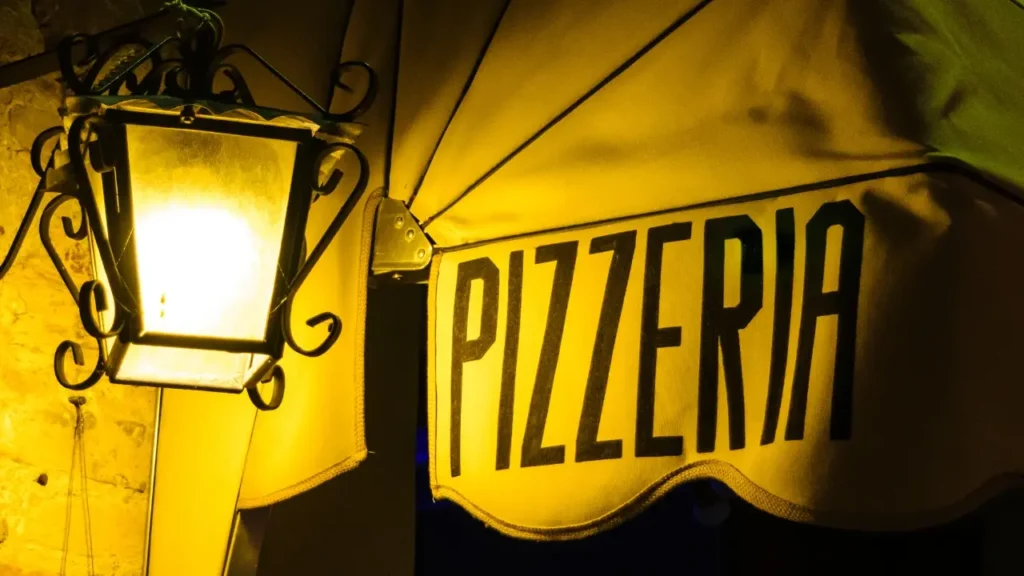
Pizza and the Future: Sustainable, Digital, Inclusive
Pizza is adapting. Solar-powered ovens. Zero-waste dough programs. Vegan mozzarella that bubbles and browns. Some pizzerias now use blockchain tech to trace their flour from field to plate.
In a digital world, even pizza is interactive — chefs livestream their techniques, TikTok spreads dough recipes like wildfire, and customers vote toppings into menus, engaging with the art of pizza.
The pizza of tomorrow? Still round, still shared, still beloved.
Final Slice: Tradition with Toppings
Pizza isn’t static. It evolves — with every region, every generation, every kitchen. And yet, its heart remains eternal: a crust, a sauce, a story.
As we close this chapter, we open the next: a celebration dedicated entirely to the art of pizza.
Coming soon: The Art of Pizza — Regional Styles Across Italy. From Roman al taglio to Sicilian sfincione, prepare for a flavorful tour.
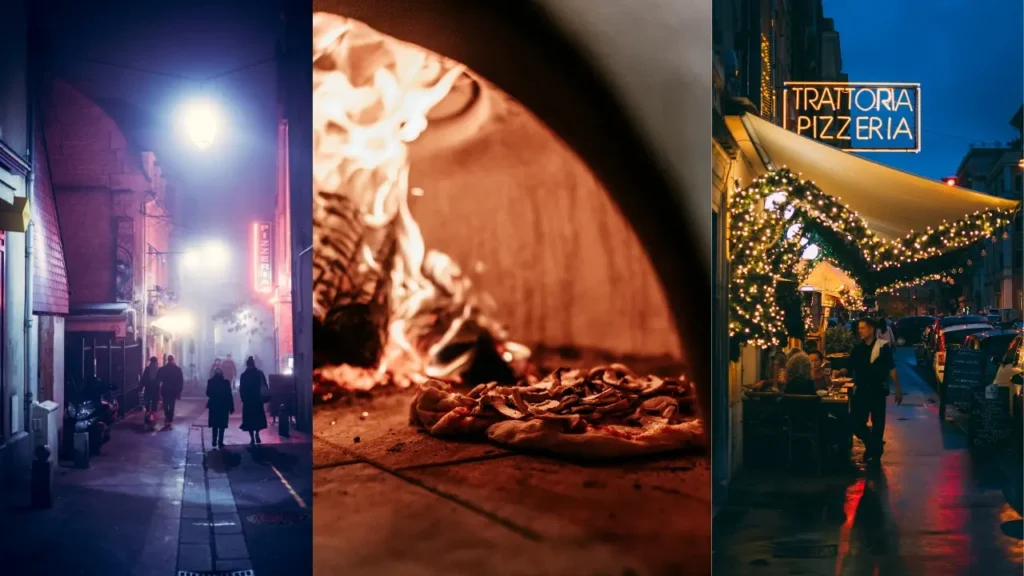
Buon appetito — always.

